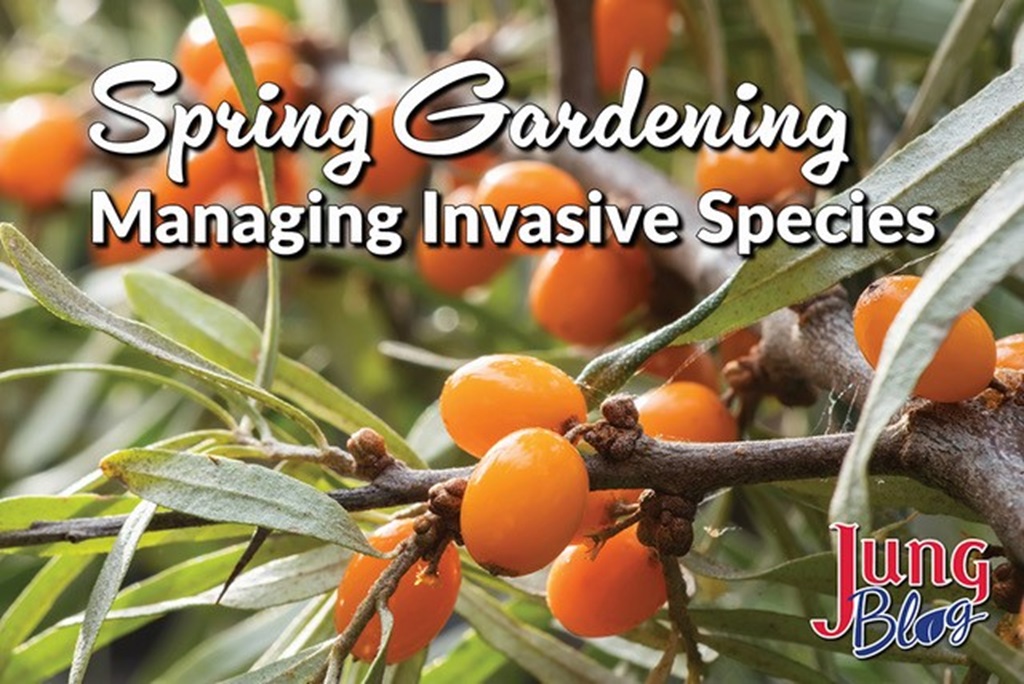
Hiking is one of the best ways to see native plants. Still, as you explore the woods, you may encounter invasive species that are overtaking the existing natives. These invasives can spread to your property and cause problems, especially if you have any wooded areas near your home. Let’s take a moment to examine these plants and how to manage them.
What Is An Invasive Species?
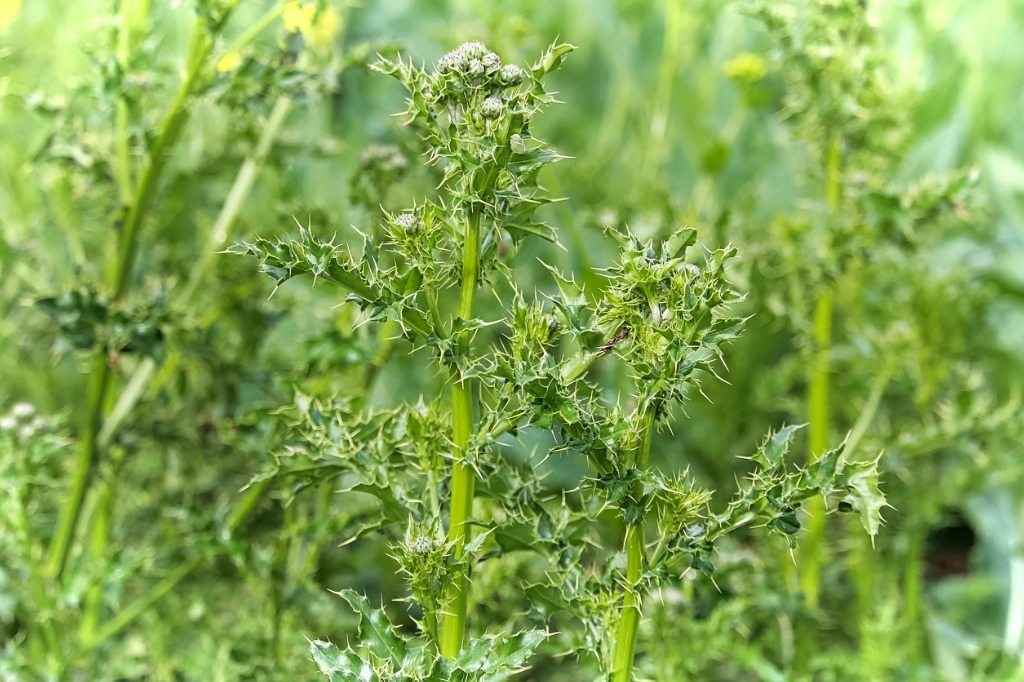
You may have heard this term before, but what does it mean? An invasive species is a living species that is non-native to a specific region and causes harm to the environment. Invasives can be anything from animals to fungi, bacteria, and plants. An important thing to remember is only some non-natives are invasive.
Invasives are considered harmful because they aggressively spread and can overtake the native species in a particular area. Many of these problematic plants were introduced to North America at one point, but their invasive tendencies were not realized at the time.
How Can Invasive Plants Be Controlled?

Invasive species can be controlled using several methods, depending on the species and time of year. Here are the common strategies:
Pulling & Digging

This straightforward method involves a bit of elbow grease but is very effective if done correctly. Removing the whole root system is vital for this type of removal. Otherwise, small parts of the root can regrow. Certain species can be pulled by hand, while others may require a digging fork. A shovel can be used, but it may break part of the root system, causing the plants to resprout in the future. For woody plants with a stem over 3″ in diameter, specific tools can be used to remove both the upper part and root system.
Cutting or Mowing
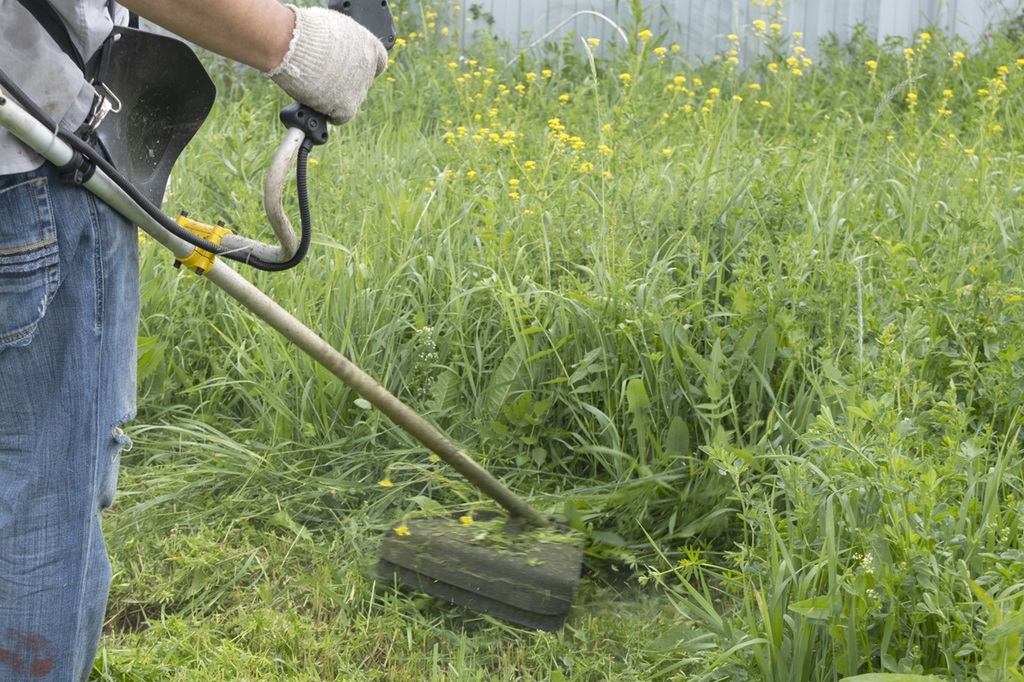
A benefit of this method is you don’t have to remove the root system. Still, cutting does require persistence to eliminate the plants. Typically, this strategy involves cutting the plants down to the ground three or four times a season for several years. The purpose of cutting is to remove the plant’s source of photosynthesis and weaken the plants over time. While this doesn’t eliminate the root system, it will force the plant to work harder, causing it to become weak and eventually die. Cutting takes a few years, but it is still an excellent option for eliminating problem plants.
Chemical Control
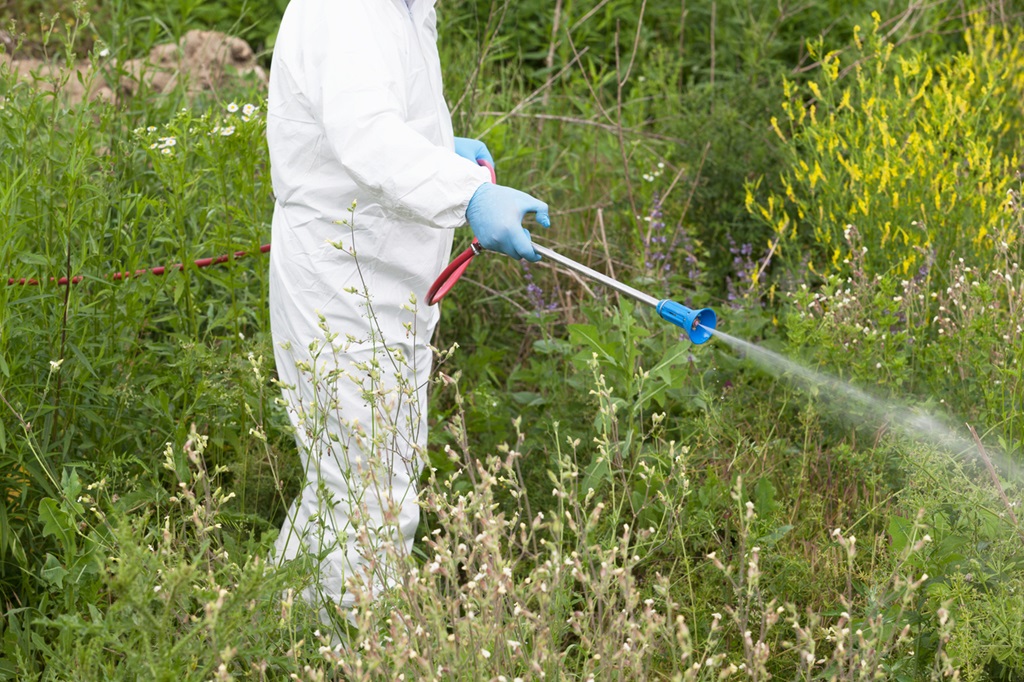
Herbicides quickly kill invasives, especially systemic herbicides, which travel through the stems and roots to destroy the whole plant. Some herbicides are selective, meaning they only kill certain types of plants, so check the label to make sure you’re buying a chemical that is effective on the plants you’re treating. Before applying an herbicide, always read the directions on the label to ensure safety for you and the environment.
These are the primary forms of control for residential properties. Additional forms of control can be used for large-scale removal.
Which Plants Are Invasive?
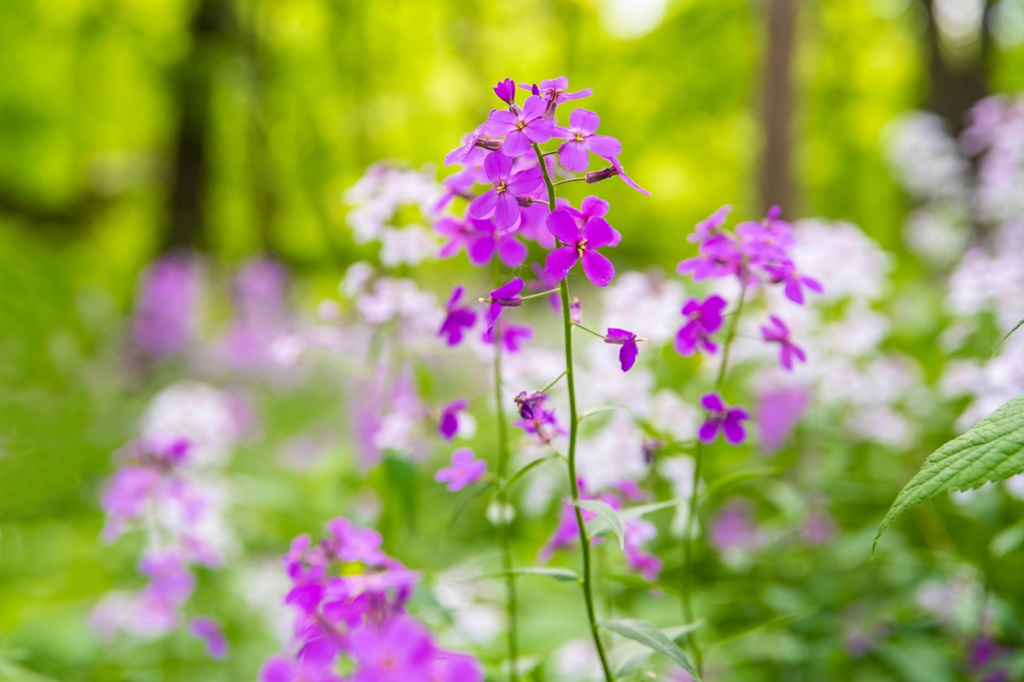
This question has various answers, depending on where you live, but we’ll be looking at a few common ones in the Midwest. Common buckthorn, dame’s rocket, creeping bellflower, and garlic mustard are a few examples. I recommend contacting your local extension office to see a complete list of invasives in your area.
Common Buckthorn (Rhamnus cathartica)

This woody invasive can be found in many woodlands across the Midwest, where it grows in the understory of taller trees. Common buckthorn has oval-shaped dark green leaves that remain on the plant into late fall after the leaves of other plants have fallen. It also has black fruit that stands out in fall, and if you cut the stem, you’ll find distinct yellow wood—this species is often spread by birds that drop the fruit in many places.
Buckthorn can be removed in several ways, including hand pulling for smaller plants or spraying the leaves with an herbicide. You can also cut the stems and apply an herbicide directly on the cut area, which works really well for larger plants. To prevent the plants from spreading, it’s best to remove them before the seeds set in the fall. Cutting the plants back repeatedly is also an option.
Garlic Mustard (Alliaria petiolata)
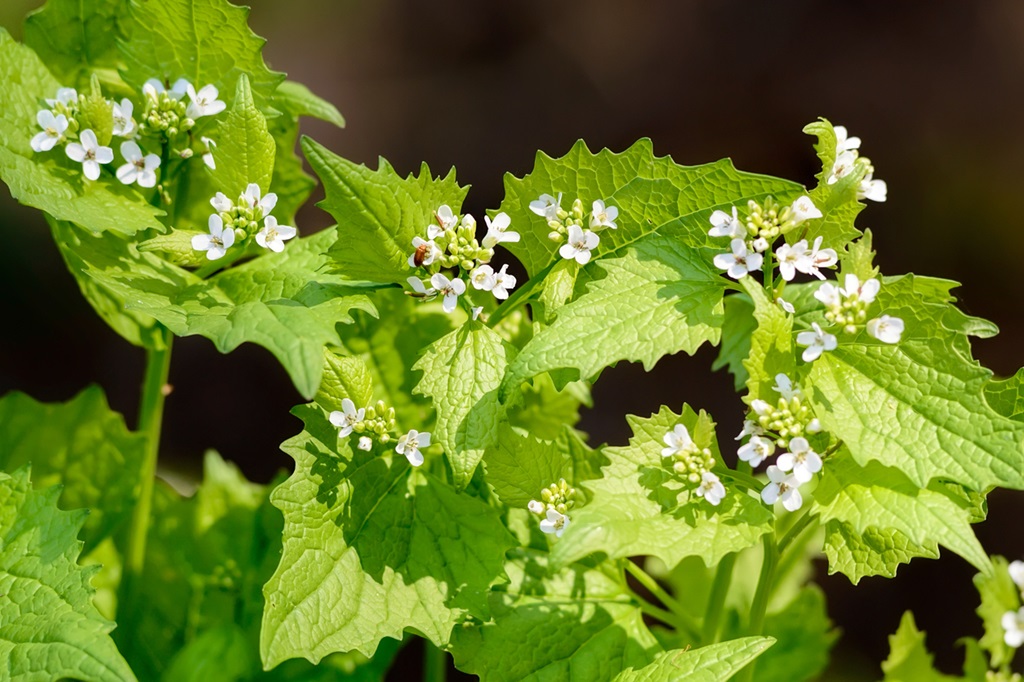
Garlic mustard is a biennial plant that lives for two years and then dies. However, it flowers during the second year and spreads many seeds. Each plant has a rosette of leaves at the soil level, where a flowering stem emerges to produce white flowers in mid-late spring. This species has a long taproot that can be removed with hand pulling, especially if the ground is soft.
For larger populations, it helps to cut or mow the plants before they flower in spring. While cutting doesn’t eliminate first-year plants, it will control the spread. Certain herbicides can also be used.
Creeping Bellflower (Campanula rapunculoides)

Some types of bellflower are beautiful plants in the garden, but this species is very aggressive and should be removed. Creeping bellflower is a perennial that spreads by underground stems to form dense clumps. These plants produce long flowering stems with purple flowers from late spring to fall.
The roots can be tricky to remove, as they spread underground, causing pieces of the root to remain in the ground. Using a pitchfork can help retrieve the whole root system without breaking parts of the root. Chemical control is also effective from spring to fall while the leaves are green.
Canada Thistle (Cirsium arvense)
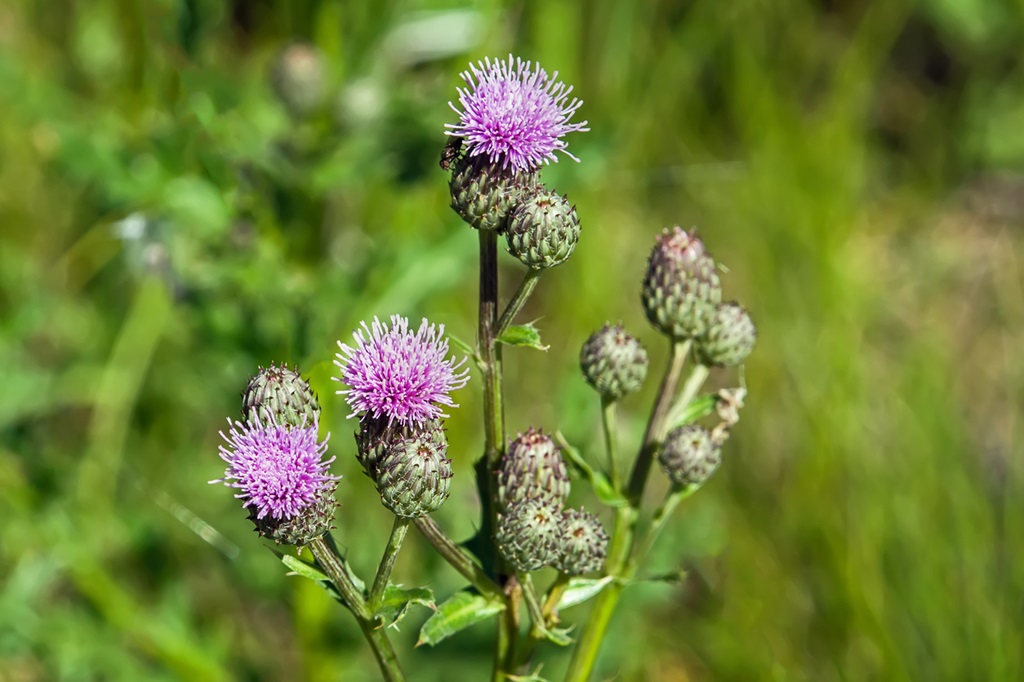
There are many types of thistle, and most of them are considered weeds in the garden. Canada thistle is a creeping perennial that flowers in mid-late summer, forming purple blooms on stems that are branched at the top of the plant.
Hand pulling and cutting are effective and require persistence to remove the plants thoroughly. Just remember to wear thick gloves if you’re pulling these plants. A variety of herbicides can also be used.

Of course, the best way to manage invasives is by preventing them, so let’s be on the lookout the next time we explore our landscapes.
Other Recommended Reading

- How To Prevent & Control Weeds
- Bee Gardens: Cultivating Pollinator Paradises
- Tips For Gardening Success With Healthy Soil
- 7 Environmental Factors To Consider With Gardening

https://www.youtube.com/watch?v=X5EX_7U3LpA
View our new catalog online or browse our website for your gardening favorites. To receive info on new products, exclusive deals, and specials, be sure to sign up for our weekly email. Join our Facebook page, to discuss all things gardening!
About the Author: Matthew Olson is a professional horticulturist and garden writer. He has a bachelor’s degree in horticulture from UW-River Falls and is a certified professional with the Minnesota Nursery and Landscape Association. His enthusiasm for plants and the outdoors brought him to the green industry. He regularly writes articles about gardening for both gardeners and industry professionals. He can be reached at matt@mattolsonhorticulture.com.